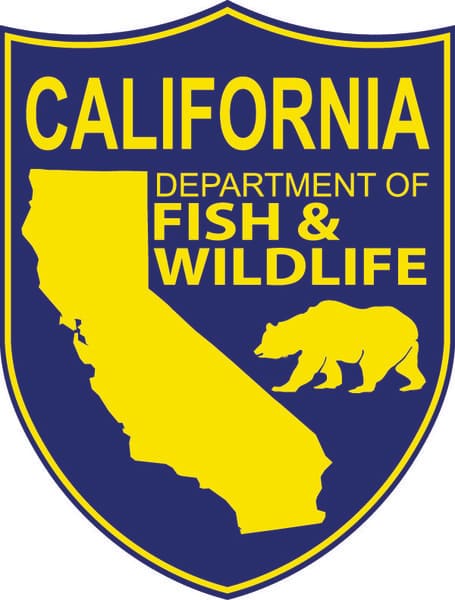California Outdoors Q&As: Importing Rattlesnakes to Sell as Exotic Meats?

Importing Rattlesnakes to Sell as Exotic Meats?
Question: I have a business where I sell different types of exotic meats for human consumption. If legal to do, I would like to offer the meat of the following species of rattlesnakes: eastern, western and prairie rattlesnakes. I know I cannot bring western diamondbacks into the state, but are there any restrictions to selling eastern diamondbacks and prairie rattlesnakes from Montana in California? What about selling rattlesnake sausages and rattlesnake cakes made in Colorado? Can I sell processed food in California or is there a restriction? (Anshu P.)
Answer: There are no restrictions in California Fish and Game laws against importing and selling the meat of any species of reptile or amphibian that is not found in the wild in California, as long as they are not otherwise prohibited by federal law. For a list of species found in the wild in California, please go to www.dfg.ca.gov/wildlife/nongame/list.html.
Lobster hooping?
Question: I understand from the regulations that if hoop netting from a kayak, you need to keep your license and card with you. However, if you are scuba diving, you can keep it in your car 500 yards away. I want to hoop from land, but most likely I will have to swim or get wet at certain areas. Can I also keep my license in my car or do I have to bring it with me? (Ping Lee)
Answer: When a person is diving from a boat, the license may be kept in the boat, or in the case of a person diving from the shore, the license may be kept within 500 yards on the shore (Fish and Game Code, section 7145(a)). Therefore, the Fish and Game law that allows the license to remain in the vehicle is specific to a person who is diving from the shore and within 500 yards of the vehicle. Under all other circumstances, the law requires you to have your license in your immediate possession.
Bluegill for bait?
Question: I have had some discussions with other fisherman over the use of bluegill for bait in the body of water it was caught in. I can’t seem to find anything on the website this year pertaining to using them for bait. Am I looking in the wrong area? Have the regulations changed? Please lend us a hand with some info because we don’t want to fish out of our limits. Thanks a million and tight lines to you. (Randall S.)
Answer: California sportfishing regulations for freshwater generally prohibit using live or dead finfish for bait. Although certain species of finfish may be used in the waters where taken, bluegill may only be used in the Colorado River District (see California Code of Regulations Title 14, section 4.15(a)) and portions of the Valley and South Central Districts (see CCR Title 14, section 4.20(d)). See sections 4.00 – 4.30 in the Freshwater Sportfishing Regulations for a complete listing of fish that may be used for bait, and keep in mind that bluegill are sunfish pursuant to CCR Title 14, section 1.77. The regulations are available online at www.dfg.ca.gov/regulations/.
New big game random drawing tags?
Question: What’s the latest on the special big game tags this year? Will any new tags be available via the random drawing system? (George S., Modesto)
Answer: Yes! Hunters can apply for four different fund-raising random drawing tags. These tags raise funds needed for vital wildlife conservation programs.
According to California Department of Fish and Wildlife (CDFW) Big Game Program Analyst Lai Saechao, the 2013 fund-raising random drawing tag for bighorn sheep will be valid in two hunt zones. The hunter will have a choice between the Marble/Clipper Mountains or the South Bristol Mountain hunt zones. In addition, Dry Creek Outfitters has offered free guide services to the winner of the Fund-Raising Random Drawing Bighorn Sheep Tag.
Also available, one open zone deer tag which allows the hunter to hunt during the authorized season dates of any deer hunt, using the specific method and meeting any special conditions of the tag for that hunt. There’s also an Owens Valley elk tag which allows the hunter to hunt in any of the Owens Valley zones (Bishop, Independence, Lone Pine, Tinemaha, Tinemaha Mountain and Whitney) with any legal method. Last but not least, a Northeastern California antelope tag will be valid in the Mount Dome, Clear Lake, Likely Tables, Lassen, Big Valley and Surprise Valley zones with any legal method.
Opportunities to apply for these four fund-raising random drawing tags are available to all interested hunters. Hunters can now apply at any CDFW license sales office, through license agents or online at www.dfg.ca.gov/licensing/ols/. Hunters may also apply for these fund-raising random drawing tags at the CDFW booth at the Fred Hall Shows in Long Beach and Del Mar next month.

